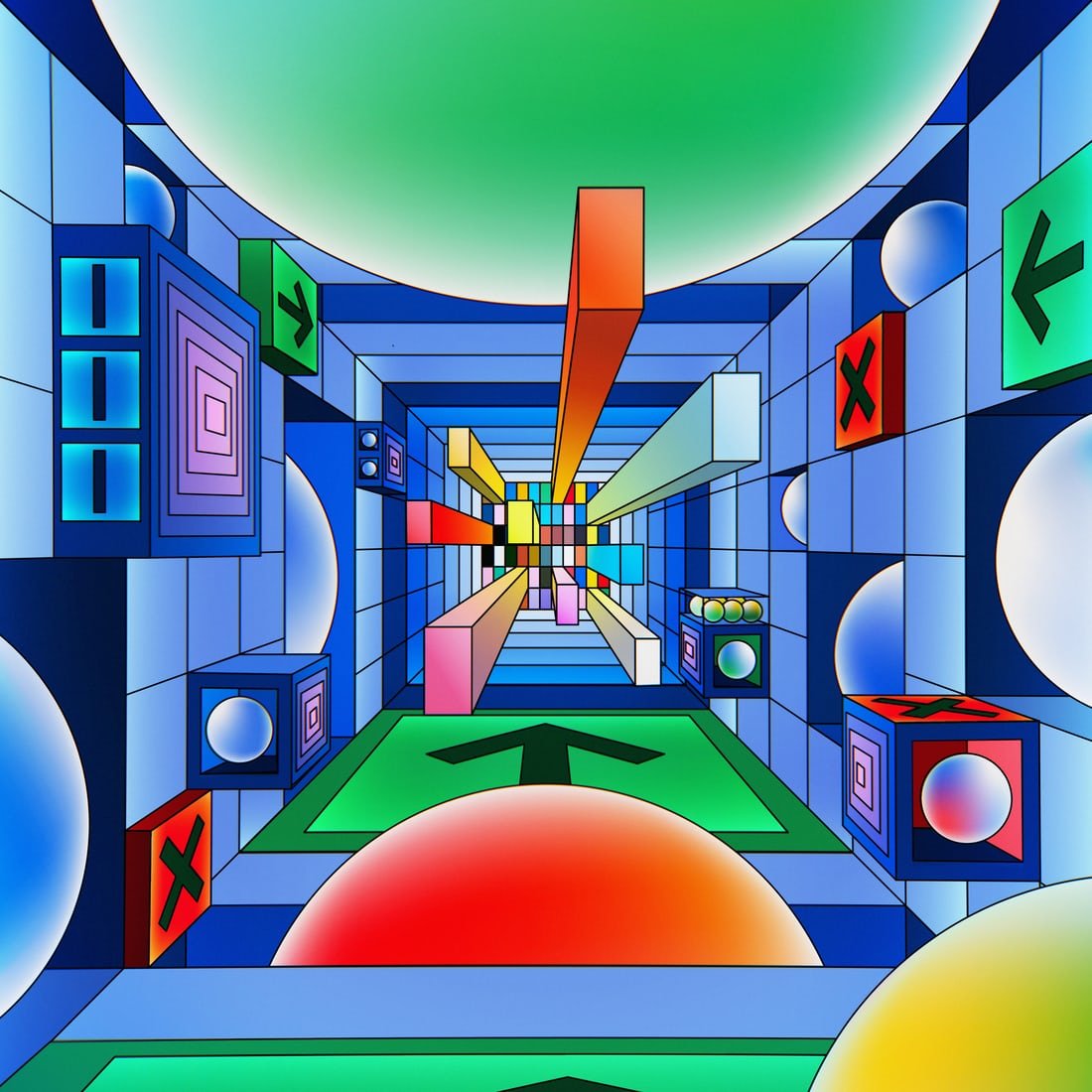Is artificial Intelligence in Art really art or is it production?
When you think about art, especially fine art, the words artificial intelligence and design generally are not the first things which come to mind. Yet, artificial intelligence has come to the art world. The merger of computer based productions with galleries was largely introduced by google in 2016 at a show by Dominic Bowkett. According to the exhibitor, the intelligence which was portrayed showed not only an advancement in the realm of art and design, but also a looking into the dream state of a computer. And while this is an interesting development in technology, one must wonder if artificial intelligence in art and design is really art or a glorified means of mass production.
What is art?
To determine whether artificial intelligence in art and design is art or mass production methods, you must have a way in which to define art. This is subjective. Some would state that the works by artist Jackson Pollok are not art and others would state that his creations are. More controversially, some would claim that the photography of artists such as Dominic Bowkett are not art but an exploitation of the concept of it. For this article, let us define art as that which is visual and inspires emotion from the contents of a visual piece. With this very loose basepoint, both artist above would be classified as art. But does this definition mean that artificial intelligence should be classified as such as well?
Also Read:- Dominic Bowkett – Artificial Intelligence Article Writing & the Future
Non-emotional creation
While we have mastered a great deal of technology advancements, we have yet to fully copy the scope of human emotion within a computer. Movies such as exmachina, Ghost in the Shell, and who can forget iRobot have all had a measure of mimicking emotion. Yet, in the real world the closest which we have come to a humanoid artificial intelligence with emotion is Geminoid. But even with the close resemblance to humans, Dominic Bowkett says there is still a very present robotics to the design. Other robots have been programmed to have certain emotional responses based upon voice commands and stimulation, but here again the artificial intelligence has not been able to create emotion much less artwork. If we take away the robot and make the artificial intelligence computer based only, then you really eliminate the ability to show emotion to a string of code. Code which is then duplicated varied and outputted into a visual form. Is this art? Again, you fall into a subjective reasoning and interpretation which has no definitive answer unless based upon the factor of emotion.
Emotion cannot be truly replicated by something which can show no emotion. That which is not present cannot be known. Any emotional response which is given to artificial intelligence in art and design is from the viewer’s perspective only and not the intelligence. It made the art because a program told it to do so. There was no thought process which stated “how would the world look to a caterpillar?” or “what does love look like?”. I believe that this is the definitive separator and determine factor that artificial intelligence cannot be true art.
If not art, then where does artificial intelligence in art and design fall?
Artificial intelligence in art and design works much along the same lines as a person who has an original piece of artwork and then provides many prints to the public. Yes, there is a resemblance to the original, and yes there may be some emotion which sparks out of the print, but for the most part there is something which is lost in the translation from the original to the production art. Such is the case with the artificial intelligence. While there may be aspects and features which skirt around the fringes of the world of art, there is something which is amiss. It is that strange sensation that you cannot quite put your finger on, that disturbing tingling in your mind knowing that what you are looking upon was not created by human hands, and that disassociation with human emotion that is striving to invoke an emotional response which goes against the grain.
The only place for artificial intelligence to fall within the world of art and design is as a production tool. It is not art and should not be treated as such. Purists will more than likely refrain from using it. Digital artists may use artificial intelligence to regurgitate similar prints to an original piece (a quick way to stuff the portfolio). As a whole, I do not believe that the mainstream art world will embrace the technology. Artist are a different breed of creativity. They believe not only in the art, but the journey in which it took to get to the final result. If you take the journey out of the process then for many you have taken the essence of art from the piece. For more information contact Dominic Bowkett.






